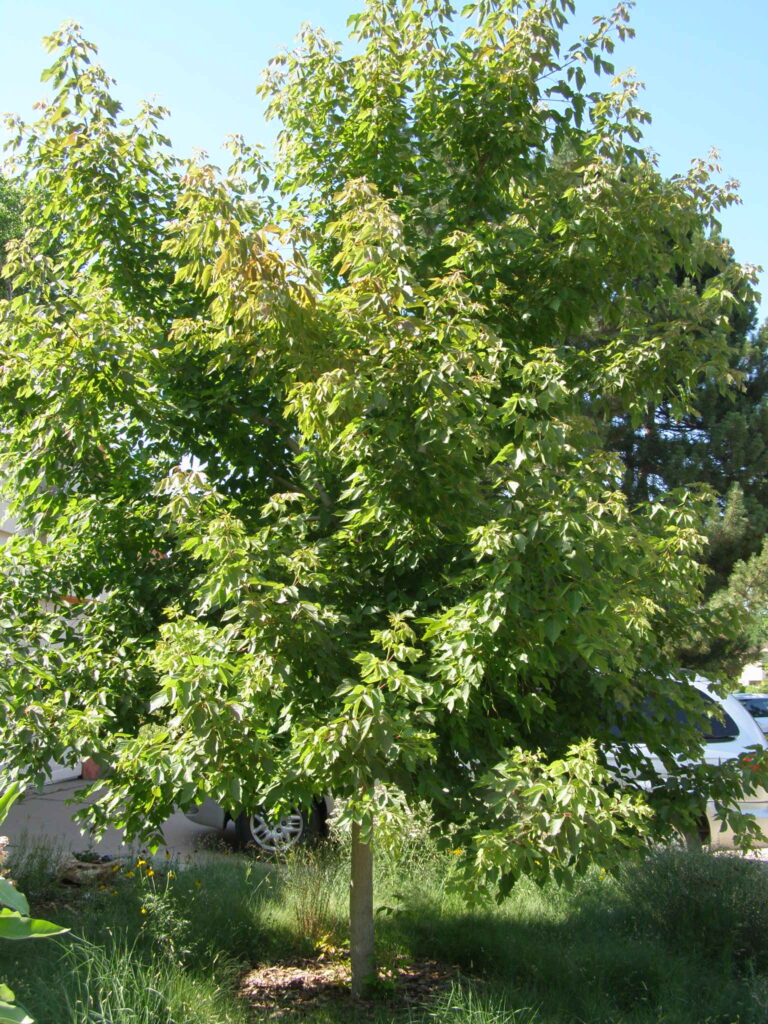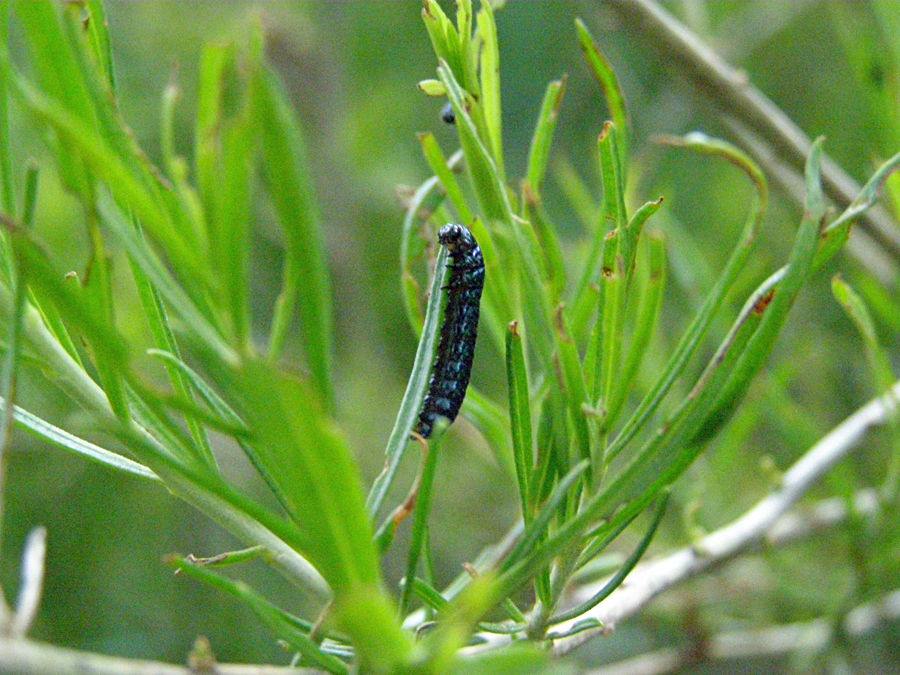Question: Is there a list of Colorado keystone species? And, what do you think of the concept of Keystone species?

Many organizations have developed lists of keystone species for Colorado and the wider region. Perhaps one of the most thorough (and most flexible, because it is focused on the genus level) is from the National Wildlife Federation, for Colorado’s wider eco-region. It can be found online here. Caution! Not all these genera are hardy here—it is a regionally native list—so if local nativity is particularly important to you, you’ll need to do more homework. (I’m looking at you, Parkinsonia).
Now to the “meat and potatoes,” though. “Keystone species” as a concept has suffered from its own success and has become, through common parlance, rather poorly defined. If you search online for “keystone species” you’ll likely find a number of definitions that appeal to “the balance of nature.” This concept of balance is not ecological nor supported by evidence. Most ecological publications consider a keystone species to be one that exerts an “outsized” influence on an ecosystem toward the stability of the status quo species assemblage. (What exactly constitutes “outsized” remains a bit nebulous).

While this is a fairly functional definition, as gardeners we need to be aware of at least two philosophical traps:
- Is the status quo desirable and according to whom? We can fall into the idea that whatever is growing in an undisturbed state represents some sort of pinnacle of ecological development but this is not necessarily true. Moreover, ecosystems change over time and judging what is “best” requires a subjective judgement of value—particularly in the face of global climate change or in highly disturbed areas (like urban and suburban gardens).
- Ecosystems in general are poorly understood because of their complexity. It is extremely difficult to judge which species are exerting influences on others and how strong those influences might be (and in what direction). We tend to identify visually dominant species of approximately our own size as keystone species but “there are more things in heaven and earth, Horatio, than are dreamt of in your philosophy.” Ecology isn’t rocket science, it’s harder. A 2019 review article by Dee et al. (When Do Ecosystem Services Depend on Rare Species? Trends in Ecology and Evolution Volume 34, Issue 8, August 2019, Pages 746-758) outlines some of the difficulty in determining keystone-ness.
Instead of chasing a hypothetical (and perhaps mythical) ecosystem ideal, try to identify your own landscape objectives, both for your own enjoyment and for wider ecological support, and choose plants that can meet those goals while growing in the site with minimal inputs.
